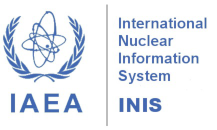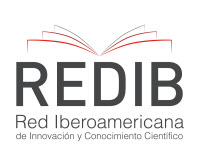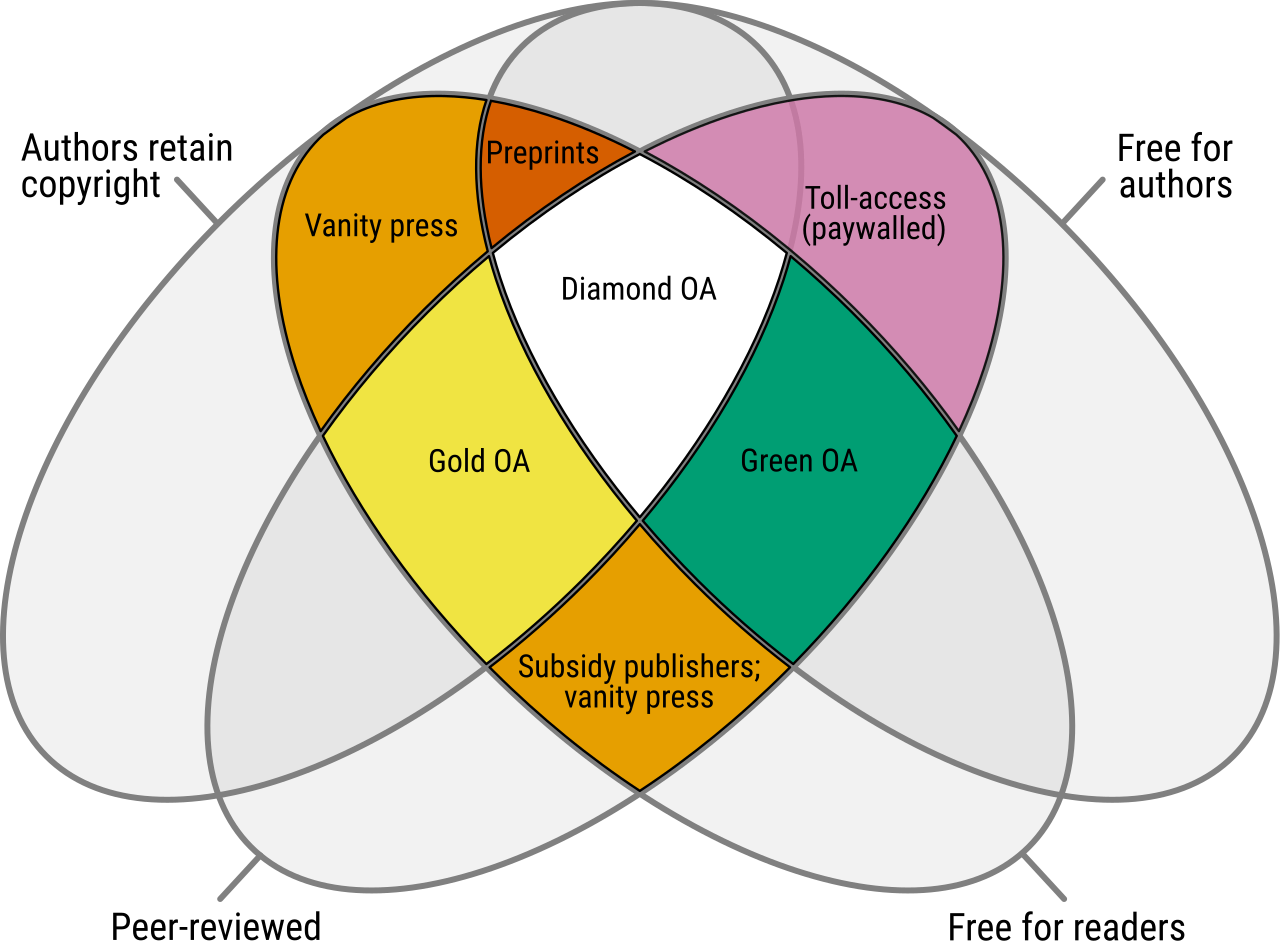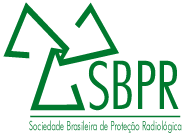New article published in 12(4B) - ENFIR/INAC 2024
Verification of Steel Plate as Target for 9-Meter-High Cask Drop Tests
Abstract: The nuclear fuel cycle encompasses processes from uranium mining to the final disposal or packaging of radioactive waste. For the final packaging, radioactive waste must be transported in specially designed casks. The certification of these casks involves a series of prescribed tests, as outlined by standards and regulations such as CNEN NN 5.05 [1], NUREG-2125 [2], and IAEA SSG-26 [3]. These tests simulate hypothetical accidental transportation conditions, including free drop tests from a height of 9 meters, penetration tests, fire exposure tests, and immersion tests. To satisfy the drop and penetration tests, the cask must be dropped onto a target with a flat, horizontal, and as much as technically feasible, unyielding surface. The standards specify that “the target for drop tests is an essentially unyielding surface,” meaning it is “hard and heavy enough that the package absorbs nearly all of the impact energy, with the target absorbing very little energy.” This unyielding surface is intended to inflict damage on the package equivalent to or greater than what might occur during actual transportation impacts. The use of such a target ensures that analyses and tests can be compared and, if necessary, accurately repeated. This study evaluates the 9-meter drop of a package with a mass equivalent to a 1:4 scale type B(U) transportation cask onto a steel plate fixed to a concrete slab, aiming to qualify the target represented by the steel plate. The numerical simulation was conducted using LS-Prepost® V4.8.29 [4]. Read full article.
Development of an Epoxy/Carbon Fiber Composite for Radiation Attenuation with a Dispersion of Micro Particles of Bismuth Trioxide (Bi2O3)
The objective of this research was the development of an epoxy/carbon fiber composite with bismuth trioxide (Bi2O3) dispersion in the polymeric matrix for application as a low-energy photon barrier and to determine the mass attenuation coefficient of this composite. Quantitative and experimental methodology was used for this research. The mass ratios of the bismuth oxide in the composite were approximately 0.1, 0.2, 0.3 and 0.4. The Pantak/Seifert irradiator model Isovolt HS 160 was used as an X-radiation source. The photon energies were 48, 65, 82 and 118 keV, with radiation doses of 471, 1912, 92.6 and 74.2x10-3 mGy.min-1 respectively, with energies and radiation doses being typical of X-ray diagnostic radiography. At an energy of 118 keV, the dispersion of Bi2O3 in the polymeric matrix increased the mass attenuation coefficient from 0.15 cm2.g-1 (without dispersion) to 1.28 cm2.g-1 (39.13% by mass of Bi2O3). This is an increase of approximately 753%. At an energy of 82 keV, the percentage increase was approximately 582%. At an energy of 65 keV, there was an increase of 739% and for photons with an energy of 48 keV the percentage increase in the mass attenuation coefficient was 1262%. In conclusion, a composite epoxy/carbon fiber with bismuth oxide dispersion is an excellent option as compared to a lead plate. The composite studied can attenuate photon energy and does not present an acute or chronic danger to the environment or to health. Also, it is non-carcinogenic and does not cause reproductive toxicity, both being clear advantages over lead. Finally, it should be noted that composite applications could be radiological shields for the X-ray, aerospace industries, among others. Read full article.






















